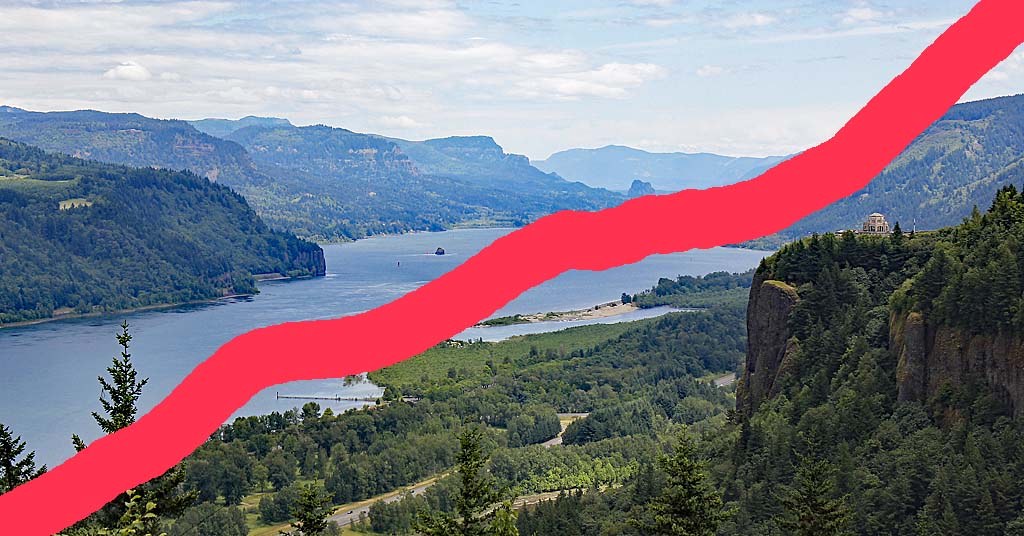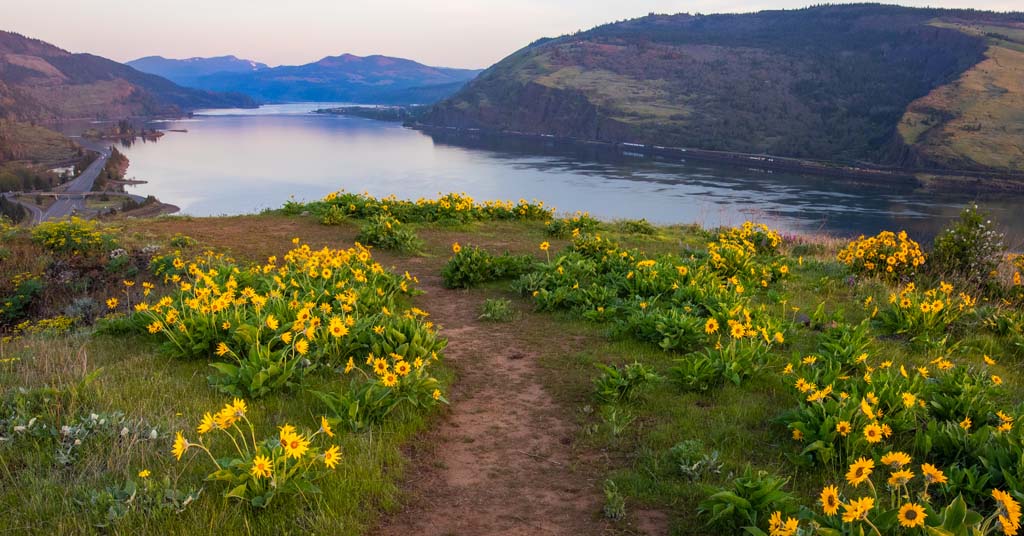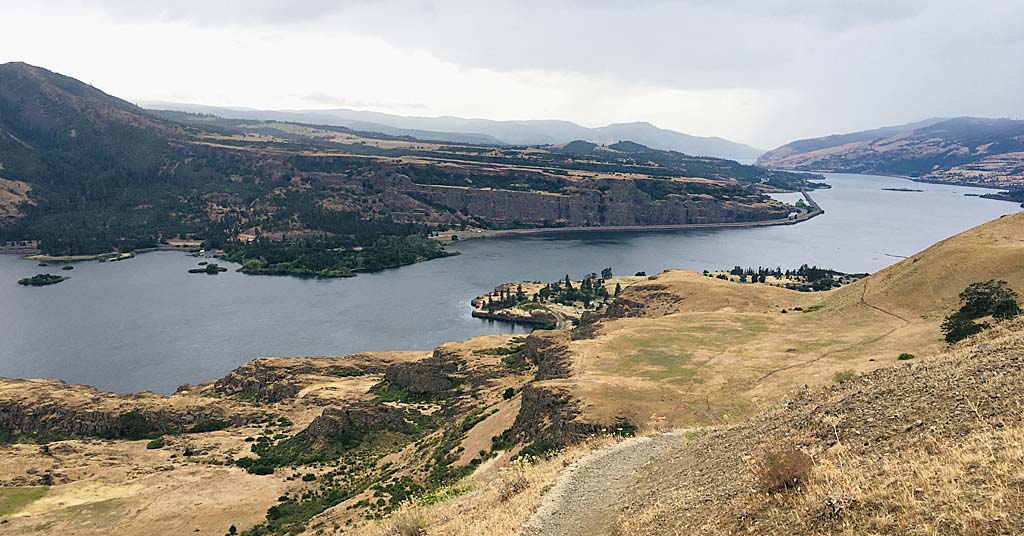After four years of public input and sometimes difficult negotiations, the new agreement adds climate change language and revises urban boundary restrictions

Ever-changing: Like the Gorge itself, “Gorge 2020” is the result of turbulent events. Photo by Jurgen Hess
By Chuck Thompson. October 16, 2020. It took nature millions of years to form the Columbia River Gorge. It took the Columbia River Gorge Commission four years to come to an agreement on its “Gorge 2020” Management Plan.
That’s pretty good from a geological perspective, but at times the process must have felt glacial to the 13 commission members who researched, listened, debated, argued, delayed and haggled before finally agreeing to the plan.
That agreement came Tuesday in a 9-2 vote to approve the plan. One Commission member doesn’t vote, another was absent from the Tuesday meeting.
MORE: Shocking development: Gorge Commission reverses course on urban expansion in National Scenic Area
“We have spent four years grappling with the tough questions about how to conserve the Gorge’s natural, cultural and economic assets in the face of accelerating social, environmental and economic changes,” said Robert Liberty, chair of the Gorge Commission, following the vote. “Based on all we have heard and learned, we have updated our Management Plan, which is essential to fulfilling the mission Congress assigned to us.”
Key revisions
For casual Gorge visitors, visible impacts of the plan will be negligible. For residents of the 13 communities who live and work in the Gorge, the changes carry greater significance.
“Efforts have focused on technical updates to the Scenic and Natural Resources chapters of the Plan, as well as policy updates to the Economic Development, Land Uses, Urban Area Boundary revisions and Recreation Chapters,” according to a press release from the U.S. Forest Service, which manages National Forest lands in the National Scenic Area and works together with the Columbia River Gorge Commission.
Changes to the management plan include:
- Expanding stream buffers from current 100 feet to 200 feet on seven streams and rivers to protect salmon
- Adding a climate change chapter
- Clarifying revisions to urban area boundaries
- Allowing local cideries to have tasting rooms and host commercial events
- Allowing incidental products from the region to be sold at fruit and produce stands
According to Krystyna Wolniakowski, Columbia River Gorge Commission executive director, the final version of the plan isn’t yet available because revisions approved in September and October need to be incorporated and the final document still requires proofreading. The Management Plan is expected to be completed by early November. A public link will be provided at that time.
A current record of plan revisions can be found here.
Long overdue
The U.S. Congress established the Columbia River Gorge National Scenic Area in 1986. The 85-mile-long, 292,500-acre Gorge National Scenic Area runs along both shores of the Columbia River from the mouth of the Sandy River east to mouth of the Deschutes River.

Task mastered: Robert Liberty, Gorge Commission chair. Photo courtesy of Columbia River Gorge Commission
Along the way, it extends anywhere from one to four miles from the river north into Washington and south into Oregon.
The original legislation permanently protects the scenic and natural resources of the Columbia River Gorge, while fostering commerce and economy for its more than 55,000 people. It also recognizes 13 urban areas.
Originally adopted in 1991, the Management Plan lays out terms for coordination, protection and enhancement of regional resources. The plan was last revised in 2004.
“We have realized that the speed of change means that going forward we need to be continuously monitoring our performance and making adjustments when needed; we no longer have the luxury of waiting another decade before revising our Management Plan again,” said Liberty.
“Friends of the Columbia Gorge applauds the Gorge Commission and the U.S. Forest Service for updating the Gorge protection plan to meet the challenges caused by climate change, dwindling salmon runs and development pressure,” said Michael Lang, Friends of the Columbia Gorge conservation director. “We are thankful to the thousands of citizens, many who reside in the Gorge, for their persistence in advocating for better protections for this national scenic treasure.”
The “Gorge 2020” Management Plan will be transmitted to the Forest Service for concurrence. Following Forest Service review, the Gorge Commission will transmit the revised plan to the counties in the National Scenic Area to incorporate into their county ordinances.
Chuck Thompson is the editor of Columbia Insight.









